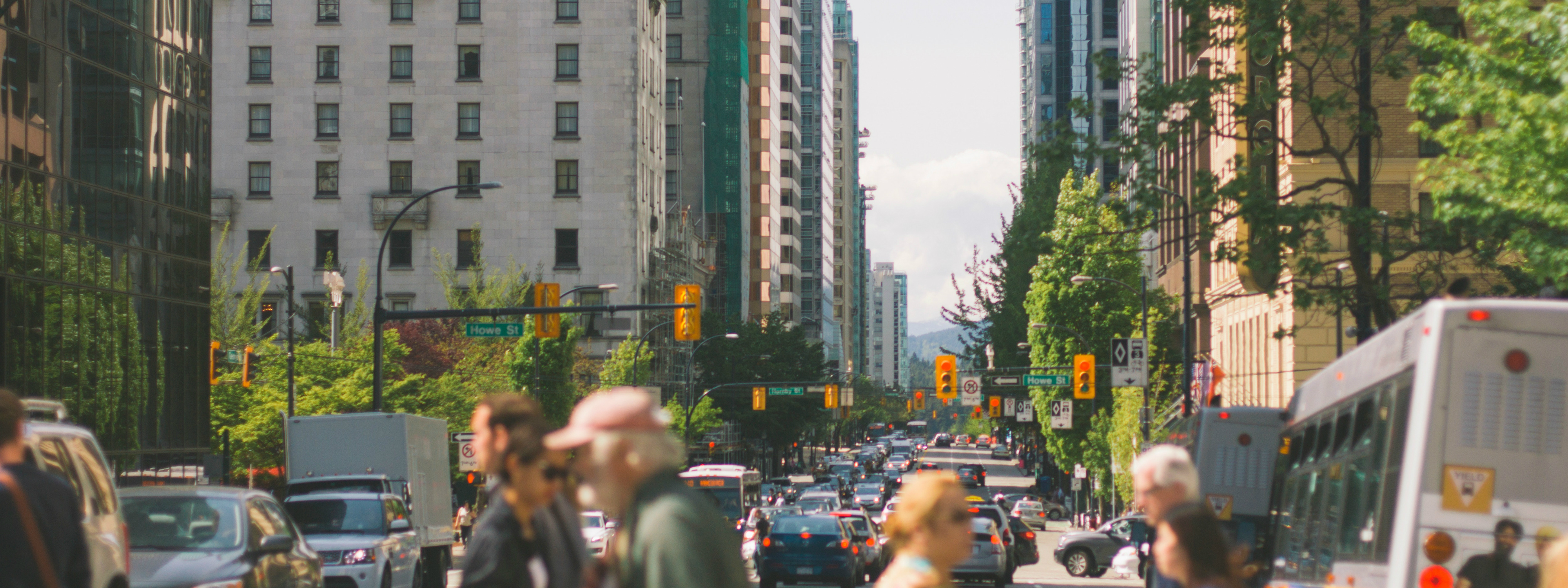Compendium of Best Urban Forest Management Practices
Chapter 7. GIS and Other Technologies
Return to the Compendium homepage here:
Compendium of Best Urban Forest Management Practices →

Compendium of Best Urban Forest Management Practices
Return to the Compendium homepage here:
Compendium of Best Urban Forest Management Practices →
Technologies like Geographic Information Systems, LIDAR, apps, and data management software are increasingly used in urban forest management. The potential for mapping trees has many implications for forest management and education; vector and raster techniques can be used in the digital representation of the geographic data to display and analyze various attributes based on specific objectives (e.g. being able to generate a map displaying underground and overhead infrastructure with elevation data for a proposed planting site; or, coupled with tree inventory data, being able to model sun angle diagrams in relation to existing vegetation or buildings to increase shade provision at a given site, etc.). Other technologies include more sophisticated equipment, hardware and software for dendrology, soil and tree core sampling, leaf area and crown density monitoring, geographic positioning systems (GPS), etc. With progress in technology, the benefit to having access to such tools can prove to be more time efficient and effective in management planning.
Free and public domain technologies for urban forestry:
Canadian online resources:
Non-Canadian online resources:
Alonzo, M., McFadden, J. P., Nowak, D. J., & Roberts, D. A. (2016). Mapping urban forest structure and function using hyperspectral imagery and lidar data. Urban Forestry & Urban Greening, 17, 135-147. https://doi.org/10.1016/j.ufug.2016.04.003
Feghhi, J., Teimouri, S., Makhdoum, M. F., Erfanifard, Y., & Abbaszadeh Tehrani, N. (2017). The assessment of degradation to sustainability in an urban forest ecosystem by GIS. Urban Forestry & Urban Greening, 27, 383-389. https://doi.org/10.1016/j.ufug.2017.06.009
Singh, K. K., Chen, G., McCarter, J. B., & Meentemeyer, R. K. (2015). Effects of LiDAR point density and landscape context on estimates of urban forest biomass. ISPRS Journal of Photogrammetry and Remote Sensing, 101, 310-322. https://doi.org/10.1016/j.isprsjprs.2014.12.021
Zhang, C., Zhou, Y., & Qiu, F. (2015). Individual Tree Segmentation from LiDAR Point Clouds for Urban Forest Inventory. Remote Sensing, 7(6), 7892-7913. doi:10.3390/rs70607892
Navigation